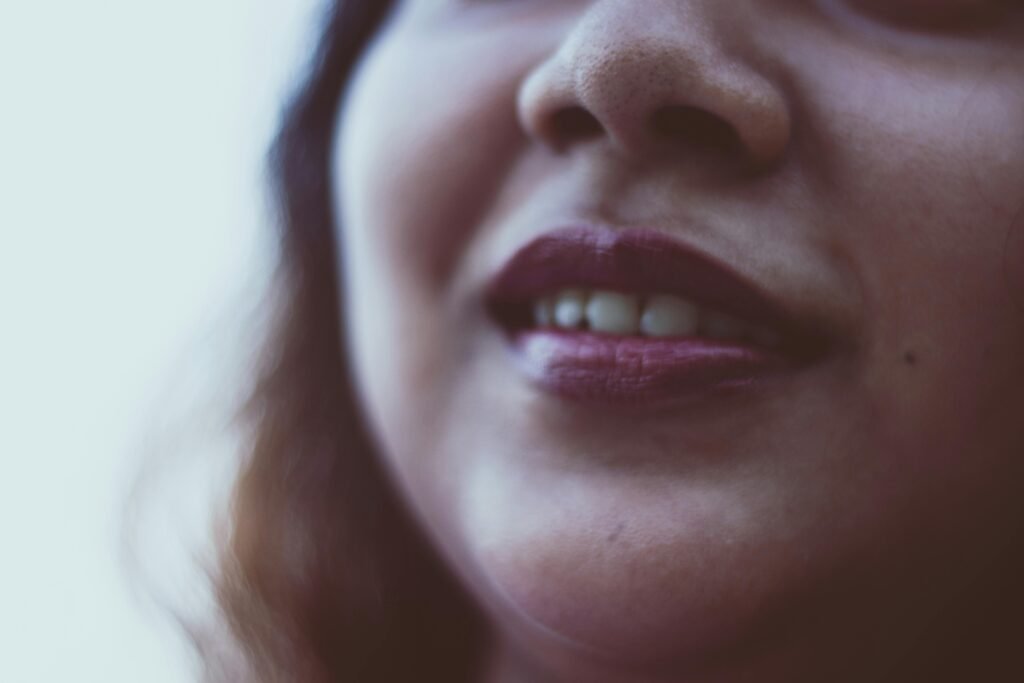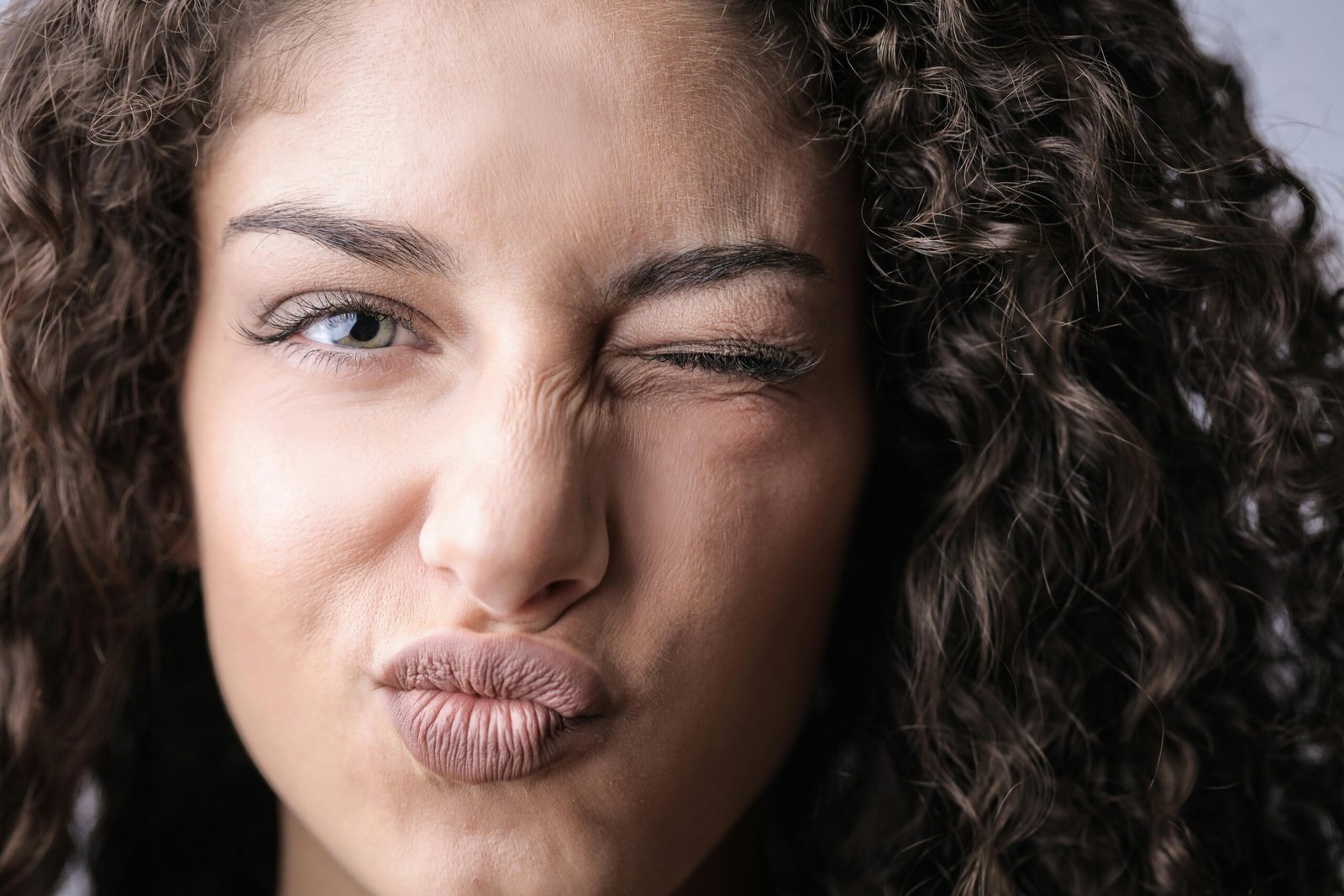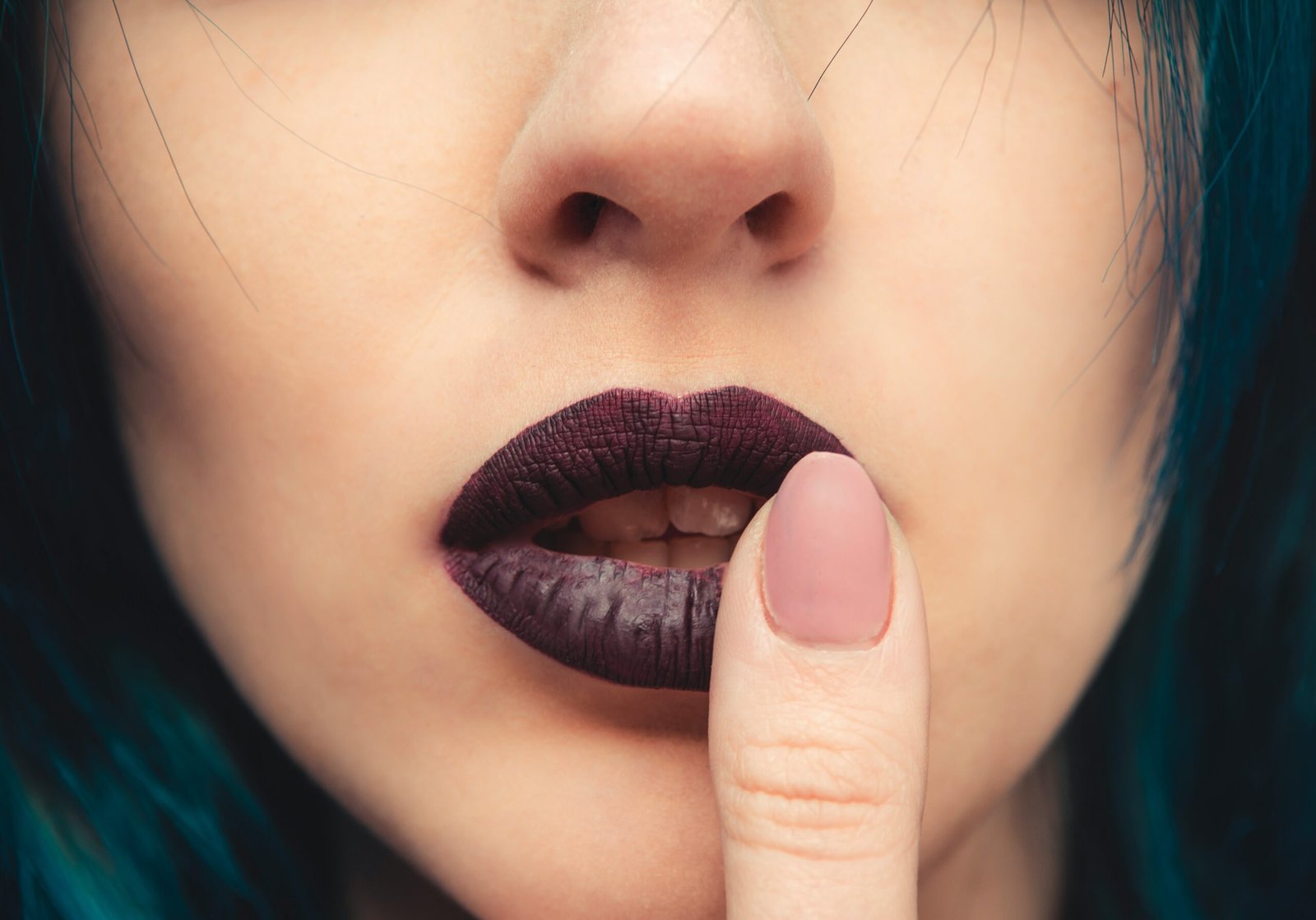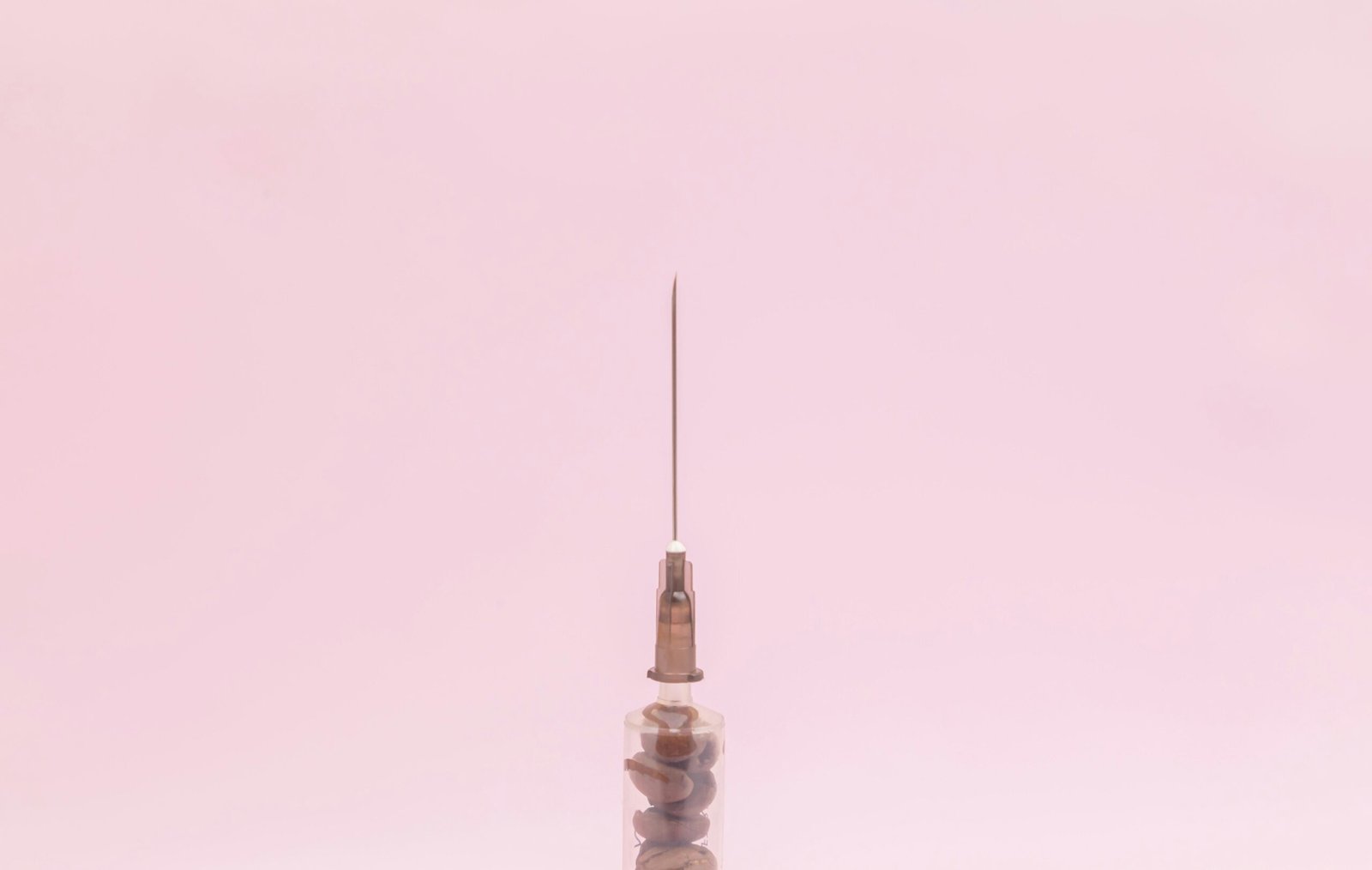Proven Ways to Manage Lip Swelling After Filler Injections
If you’ve recently had lip fillers, dealing with post-procedure swelling can be a real struggle. We’re here to help you navigate this common side effect like a pro. From the simple act of staying Hydrated to the wonders of cold compresses, we’ll guide you through ten essential tips that’ll have your pout looking fabulous in no time. Say goodbye to puffy lips and hello to a smoother recovery process with our expert advice.
Understanding Lip Fillers
Swelling Causes

Swelling after Lip fillers is a common occurrence triggered by the body’s natural response, trauma to the tissues during injections, and inflammatory ingredients in the fillers. The body reacts to lip filler injections by swelling as it perceives them as foreign substances. Trauma caused during the injection process can also lead to temporary swelling around the lips. Some filler formulations contain ingredients that can cause an inflammatory reaction in certain individuals, resulting in swelling after treatment.
When you get lip fillers, expect swelling that typically peaks within 24 to 48 hours post-procedure. This initial intense swelling gradually subsides over time, but mild residual pu ness may persist for up to a week after treatment. Factors such as individual healing capacity and the specific type of filler used can influence how long your lips remain swollen. Understanding that this immediate post-ller period involves significant swelling helps manage expectations and reduces anxiety about prolonged effects.
After getting Lip fillers, managing swelling effectively becomes crucial for a smooth recovery process. It’s essential to allow your body time to heal naturally while taking proactive steps to reduce inflammation and discomfort associated with post-ller edema (swelling). Adhering strictly to recommended aftercare guidelines provided by your practitioner significantly influences how quickly you recover from lip augmentation procedures.
Normal Duration
The duration of Swelling following lip filler injections varies among individuals but generally resolves within two days up to one week after treatment completion. While most people experience peak swelling within the first two days, others might notice continued pain for several more days before seeing full results emerge underneath any remaining edema or bruising present initially. Knowing what constitutes normal recovery timelines prevents unnecessary worry about extended periods of facial bloating or asymmetry due to persistent Inflammation.
During your journey towards achieving fuller lips through dermal fillers, embracing patience is key when dealing with expected side effects like temporary swelling post-treatment. By understanding that each person’s healing process unfolds uniquely based on their physiology and lifestyle choices, you can navigate through any lingering pain without undue stress or dissatisfaction with the results obtained so far.
Recovery Process
Post-lip filler treatments involve meticulous care routines aimed at minimizing complications like excessive swelling while maximizing outcomes achieved from these cosmetic enhancements safely and efficiently. 1- Embrace cold compresses: Applying ice packs to gently treated areas helps reduce inflammation promptly. 2- Stay hydrated: Drinking ample water aids in flushing out toxins released during tissue trauma caused by lip injections. 3- Elevate Head position: Sleeping with an extra pillow under your head promotes better lymphatic drainage overnight. 4- Avoid strenuous activities: Refrain from vigorous exercises or activities prone to causing facial blood flow, leading to additional swellings. 5- Use arnica cream/gel: Topical application of arnica-based products accelerates bruise resolution, linked to common side effects of injectable treatments.
Immediate Aftercare
Cold Compress

Applying a cold compress is crucial in managing swelling post-lip fillers. The cold temperature helps constrict blood vessels, which aids in reducing inflammation and swelling. To do this effectively, wrap an ice pack in a clean cloth or towel and gently apply it to the lips for short intervals. This process can be repeated several times a day to alleviate swelling.
Using a cold compress after getting lip fillers is akin to icing an injury – it helps control the initial inflammation by narrowing blood vessels around the area of treatment. By applying gentle pressure with the cold compress, you facilitate uid drainage from the lips, aiding in minimizing post-treatment swelling e ciently.
In addition to using a cold compress, maintaining proper hydration levels also plays an essential role in managing swelling after lip filler injections. Drinking plenty of water helps flush out toxins from your body and promotes faster healing processes, contributing to reduced in ammation and less noticeable swelling over time.
Elevation
Another vital step in managing post-filler swelling is elevating your head while resting or sleeping. By keeping your head elevated above heart level, either by propping pillows behind your back or utilizing an adjustable bed if available, you encourage uid drainage from the treated area. This elevation assists in preventing excess uids from accumulating in the lips and exacerbating any existing swelling.
Elevating your head post-lip filler injections not only aids in reducing immediate swelling but also supports overall recovery by promoting better circulation and lymphatic drainage around the injection site. It’s like creating a natural pathway for excess uids to ow away from your lips instead of pooling up and causing prolonged pu ness.
Apart from elevating your head during rest periods following lip filler treatments, avoiding strenuous physical activities that may increase blood ow to the face can also help manage post-procedure swelling effectively. Opting for light activities rather than intense workouts allows for better control over potential in ammation build-up around the lips.
Managing Swelling

Heat can worsen swelling after lip fillers. It’s crucial to avoid hot showers, saunas, or steam rooms after treatment. Exposure to heat sources can expand blood vessels and heighten animation in the lips. Opt for cooler temperatures during the recovery phase to alleviate swelling.
Excessive heat can lead to more pronounced swelling following lip filler injections. To manage this, avoid activities that involve high temperatures like hot baths or sunbathing directly after the procedure. Cooling down your body helps reduce in ammation and discomfort in the treated area.
To prevent aggravating post-filler swelling, opt for cool compresses on your lips instead of warm ones. The cold temperature constricts blood vessels, reducing blood ow and minimizing swelling effectively.
Hydration
Hydration plays a vital role in managing swelling after getting lip fillers. Drinking an adequate amount of water is essential as it aids in pushing out toxins from the body post-treatment. Maintaining optimal hydration levels promotes faster healing and reduces inflammation.
Ensuring proper hydration is key to supporting your body’s natural healing processes after receiving lip fillers. Water helps eliminate toxins from your system, assisting in reducing puness and promoting overall wellness post-procedure.
Incorporating hydrating foods such as fruits with high water content into your diet can also contribute to reducing swelling by keeping you well-hydrated internally.
Gentle Massage
Gentle massage on the lips post-filler treatment can enhance blood circulation and alleviate swelling effectively. Using clean hands or a soft toothbrush for gentle circular motions on the lips can help disperse any localized uid buildup due to filler injections. However, it’s crucial not to apply excessive pressure during massages as this could potentially disrupt the placement of fillers under your skin.
Dietary Considerations
Reducing salt intake is crucial in managing swelling after lip fillers. High sodium levels can lead to water retention, exacerbating post-treatment swelling. Opt for low-sodium foods and refrain from adding extra salt to meals during recovery.
Consuming pineapple or taking arnica supplements can aid in reducing swelling following lip filler injections. Pineapple contains bromelain, an enzyme recognized for its anti-inflammatory properties that can help alleviate swelling. Arnica, a natural herb renowned for its ability to reduce bruising and inflammation, is also beneficial post-procedure.
To minimize the risk of excessive swelling after lip fillers, it’s advisable to be mindful of your salt consumption. Foods high in sodium content should be avoided as they can contribute to water retention and prolonged swelling post-treatment. Instead, opt for dishes with lower sodium levels or season meals with alternatives like herbs and spices rather than salt.
Incorporating pineapple into your diet or considering arnica supplements may provide additional relief from post-filler swelling. Bromelain, found in pineapple, has been shown to have anti-inflammatory effects that could help reduce the extent of swelling experienced after
lip augmentation procedures. Arnica supplements are known for their ability to mitigate bruising and in addition, further aid in the recovery process.
Activity Restrictions
Exercise limitations are vital post-procedure. Avoid strenuous activities that can increase blood ow to the lips, worsening swelling, and affecting filler distribution. Stick to light exercises or take a break from intense workouts until the swelling subsides.
Facial movements also impact post-filler swelling. Minimize excessive facial expressions like smiling or talking too much as these actions can strain the lips and prolong recovery time. By practicing gentle facial movements during the initial days following the procedure, you can help reduce swelling effectively.
It’s essential to understand that certain activities and habits can exacerbate post-filler swelling if not managed properly. By adhering to these guidelines on exercise limitations and controlling facial movements, you can significantly aid in reducing swelling after lip fillers for a more comfortable recovery experience.
Medication and Supplements
Arnica supplements can be beneficial in managing swelling after lip fillers. These supplements are believed to help reduce swelling and bruising when taken before and after the procedure. It is crucial to seek advice from a healthcare professional regarding the appropriate dosage of arnica supplements for your specific case. Following the recommended dosage instructions is essential for maximum effectiveness.
In addition to arnica supplements, over-the-counter options like ibuprofen can also aid in minimizing post-filler swelling. Ibuprofen is known for its anti-inflammatory properties, which can help alleviate swelling around the lips following filler injections. However, it’s vital to consult with your healthcare provider before taking any medication, including over-the-counter drugs like ibuprofen. Adhering strictly to the recommended dosage and usage guidelines provided on the packaging is crucial for safety and efficacy.
When considering medication or supplements post-lip filler treatment, always prioritize seeking guidance from a medical professional. They can offer personalized recommendations based on your health history and individual needs. Utilizing these resources ensures that you manage any potential side effects effectively while optimizing recovery post-procedure.
Recognizing Complications
Uneven swelling is a common occurrence post-lip filler injections. Due to tissue response discrepancies, one side of the lips might swell more than the other initially. This imbalance typically resolves itself as you progress through the recovery phase. However, if significant asymmetry persists or you notice prolonged uneven swelling, it’s crucial to reach out to your injector for an assessment.
Monitoring any long-term concerns related to swelling after lip fillers is essential. Should you experience persistent swelling beyond the anticipated recovery timeframe, consulting a medical professional becomes imperative. Lingering or recurrent swelling could be indicative of an underlying issue that necessitates attention and evaluation by a healthcare provider.
If you encounter severe or escalating swelling following lip filler treatment, seeking immediate medical assistance is paramount. Symptoms such as signs of infection, excessive pain, or unusual reactions should not be disregarded and warrant prompt evaluation by a healthcare professional. Your provider can assess the situation thoroughly and administer appropriate treatment if deemed necessary.
Long-term concerns associated with post-lip filler swelling require vigilant observation and management. If the edema prolongs beyond what is considered normal during recovery from lip fillers, it signi es a red ag that warrants professional intervention for further evaluation and potential treatment adjustments. Lingering or recurring inflammation may indicate an adverse reaction requiring medical attention and follow-up care.
It’s crucial to stay proactive in monitoring any lingering symptoms linked to post-filler edema over time since they can hint at deeper issues needing specialized medical scrutiny and guidance for resolution. Promptly addressing persistent or worsening symptoms related to extended lip filler-induced inflammation with timely consultation with healthcare providers specializing in aesthetic treatments like dermal fillers ensures optimal outcomes while mitigating potential risks associated with prolonged edematous responses.
When dealing with long-term complications arising from persistent post-filler edema after undergoing lip augmentation procedures, patients must prioritize their health by seeking expert advice from qualified professionals well-versed in managing such scenarios effectively through tailored interventions designed specifically for resolving protracted inflammatory conditions linked to dermal filler applications.
Long-Term Care
Long-term care plays a crucial role in ensuring optimal healing and results. Appointments with your injector are essential for Follow-up monitoring of the progress of your healing process. These scheduled visits provide an opportunity for your injector to assess any concerns that may arise post-treatment.
Attending follow-up appointments is vital as they allow for close observation of the treated area, enabling prompt identification and management of any complications that may occur. Your injector can make necessary adjustments during these visits if there are issues like persistent swelling or asymmetry. By communicating openly about any discomfort or unusual symptoms, you contribute to a more effective treatment outcome.
Protecting your lips from sun exposure is another key aspect of long-term care after getting lip fillers. Sunburn can exacerbate swelling and prolong the healing period, impacting the overall appearance of your lips. Using SPF lip balm or sunscreen with at least SPF 30 helps shield your lips from harmful UV rays, reducing the risk of complications such as increased inflammation.
Sun protection is not only important for preventing further swelling but also aids in maintaining the longevity of your lip filler results by preserving their integrity over time. Regular application and reapplication of sunscreen on your lips when exposed to sunlight safeguard against potential damage caused by UV radiation, promoting healthy skin regeneration post-procedure.
Lifestyle Adjustments
When managing swelling after lip fillers, makeup, and skincare play a crucial role. It’s essential to refrain from applying any makeup or skincare products directly on the lips immediately
following the procedure. These products often contain harsh ingredients that can worsen swelling and even lead to complications. Wait until the initial swelling subsides before reintroducing your regular lip care routine.
Harsh chemicals in cosmetics can exacerbate post-filler swelling, so it’s best to avoid lip products initially. Once the swelling starts to diminish, you can gradually reintroduce gentle skincare items designed for sensitive skin around your lips. Opt for hydrating and soothing ingredients like aloe vera or hyaluronic acid to help calm any residual inflammation without causing further irritation.
While waiting for the initial swelling to go down, focus on nurturing your lips with non-irritating balms or treatments that promote hydration and overall lip health. Avoid exfoliating products or those containing fragrances as they may irritate your lips during this sensitive time. Prioritize simplicity in your lip care routine until the area has fully healed.
Final Remarks
You’ve now got the lowdown on managing swelling after getting those luscious lip fillers. From immediate aftercare to dietary tweaks and spotting red flags, you’re armed with the knowledge to keep your pout on point. Remember, it’s not just about the quick fixes; long-term care and lifestyle changes play a big role too. So, take charge of your lip filler journey and give your lips the TLC they deserve.
Now that you’re in the know, go forth and aunt those fabulous lips with confidence! Stay vigilant, stay fabulous, and remember that a little swelling is just a temporary bump on the road to plump perfection.
Frequently Asked Questions
Can I apply ice packs to reduce swelling after lip fillers?
Yes, applying ice packs can help reduce swelling by constricting blood vessels. However, make sure to wrap the ice pack in a cloth and only apply it for short intervals to avoid damaging your skin.
Is it normal to experience bruising, redness, or bumps after getting lip fillers?
Yes, bruising is a common side effect of lip filler injections due to minor trauma during the procedure. It typically resolves within a few days but can be concealed with makeup if needed.
How soon can I resume strenuous exercise after getting lip fillers?
It’s recommended to avoid strenuous exercise for at least 24 hours post-treatment to minimize swelling and prevent complications. Listen to your body; if you feel any discomfort or pain while exercising, stop immediately.
Should I sleep with an extra pillow to reduce swelling overnight after lip fillers?
Sleeping with an extra pillow under your head can help elevate it slightly, reducing fluid accumulation and aiding in minimizing swelling overnight. This simple adjustment may contribute to a more comfortable recovery process.
When should patients seek medical attention for complications post-dermal filler treatment?
If you experience severe pain, excessive swelling, significant asymmetry, or signs of infection such as increased redness or warmth around the lips, contact your healthcare provider promptly. Early intervention is crucial in managing potential complications effectively.



